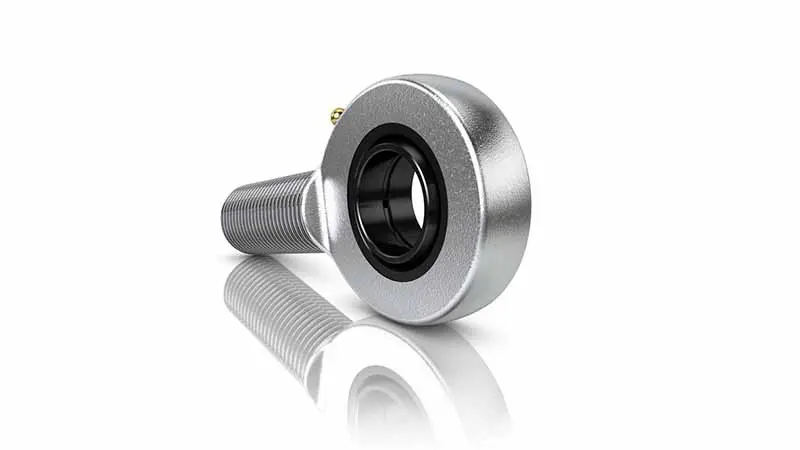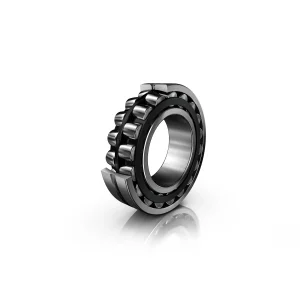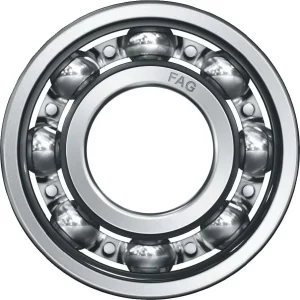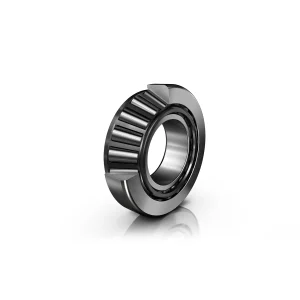Mechanical components that allow articulation between two parts of a machine or structure, designed to allow angular movement and rotation in various directions, providing flexibility and freedom of movement.
They are used in a wide variety of industrial, automotive and mechanical applications where articulated movement is required. Some common examples of the use of ball joints include vehicle suspensions, steering systems, agricultural machinery, conveyor systems, and load-handling machines.
Ball joints allow angular movement in multiple directions, allowing you to accommodate bending, rotation, and misalignment between connected parts. They can compensate for small imperfections and misalignments, providing a robust and flexible connection. They are easily assembled and disassembled, allowing for quick maintenance and replacement if necessary. Designed to withstand high loads, they resist adverse conditions and have a long useful life.






